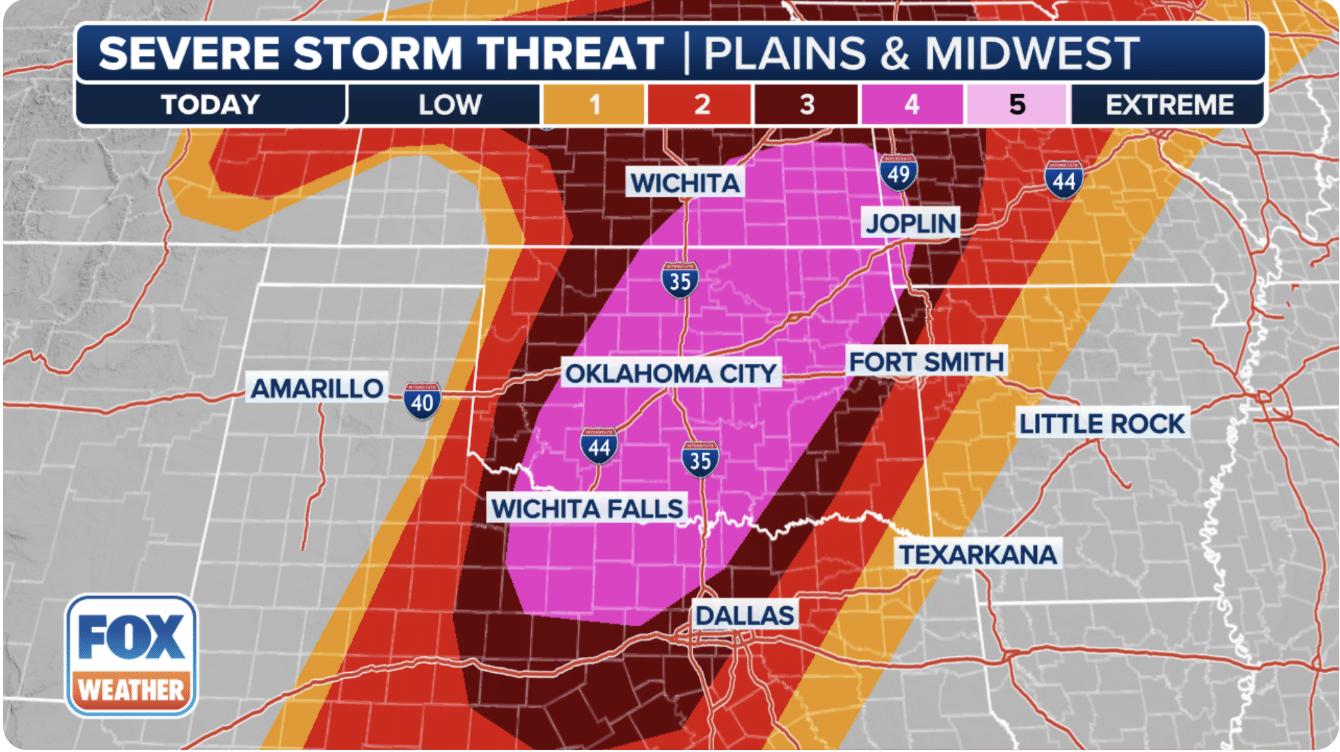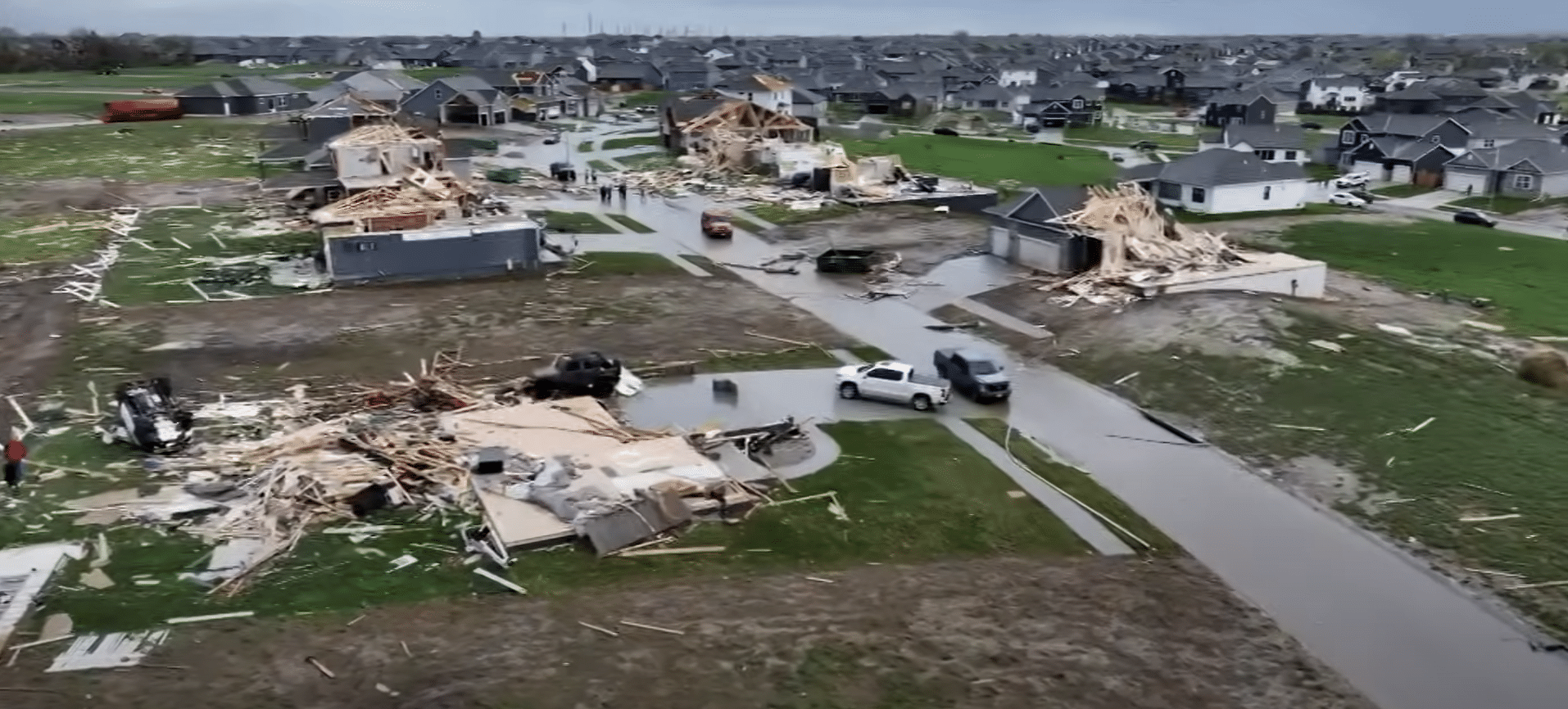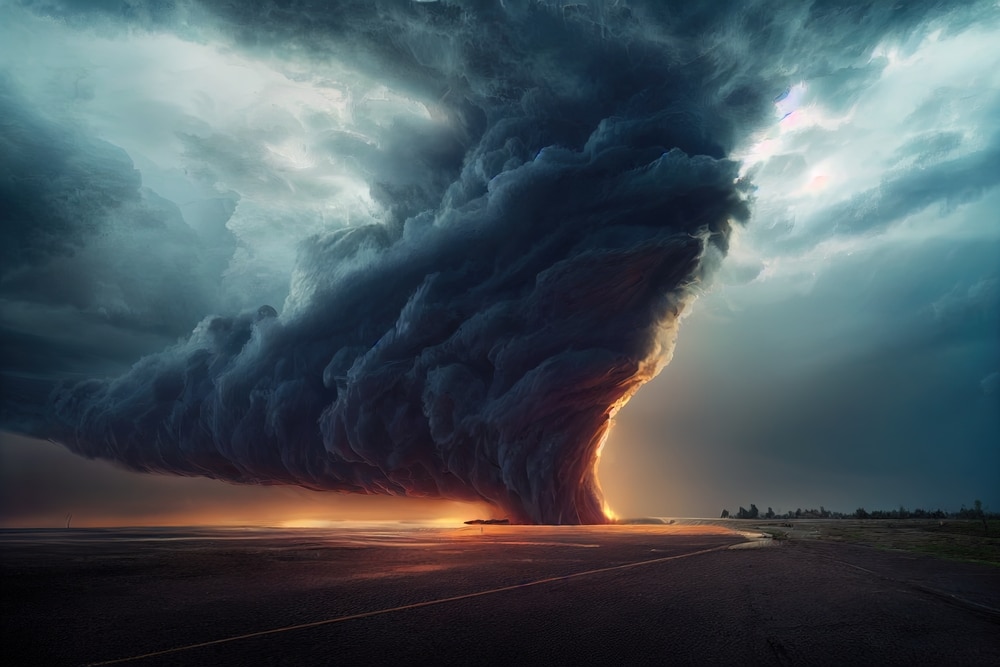Scientists have detected a new type of extremely reactive substance in the Earth’s atmosphere that could pose a threat to human health, as well as the global climate.
According to a report from Daily Mail, Researchers from the University of Copenhagen have demonstrated that trioxides – chemical compounds with three oxygen atoms attached to each other – are formed under atmospheric conditions. Trioxides are even more reactive than peroxides – which have two oxygen atoms attached to each other, making them highly reactive and often flammable and explosive.
Peroxides are known to exist in the air surrounding us, and it was predicted that trioxides were probably in the atmosphere as well, but until now it has never been unequivocally proven.
‘This is what we have now accomplished,’ says Professor Henrik Grum Kjærgaard, at the University of Copenhagen’s Department of Chemistry. ‘The type of compounds we discovered are unique in their structure. And, because they are extremely oxidizing, they most likely bring a host of effects that we have yet to uncover.’
There has been speculation in recent years as to whether trioxides – chemical compounds with three oxygen atoms attached to each other, and thereby even more reactive than the peroxides – are found in the atmosphere as well. But until now, it had never been unequivocally proven.
Hydrotrioxides (ROOOH), as they are known, are a completely new class of chemical compounds. Researchers at the University of Copenhagen (UCPH), together with colleagues at the Leibniz Institute for Tropospheric Research (TROPOS) and the California Institute of Technology (Caltech), have demonstrated that these compounds are formed under atmospheric conditions.
The researchers have also shown that hydrotrioxides are formed during the atmospheric decomposition of several known and widely emitted substances, including isoprene and dimethyl sulfide.
“It’s quite significant that we can now show, through direct observation, that these compounds actually form in the atmosphere, that they are surprisingly stable, and that they are formed from almost all chemical compounds. All speculation must now be put to rest,” says Jing Chen, a PhD student at the Department of Chemistry and second author of the study.


















